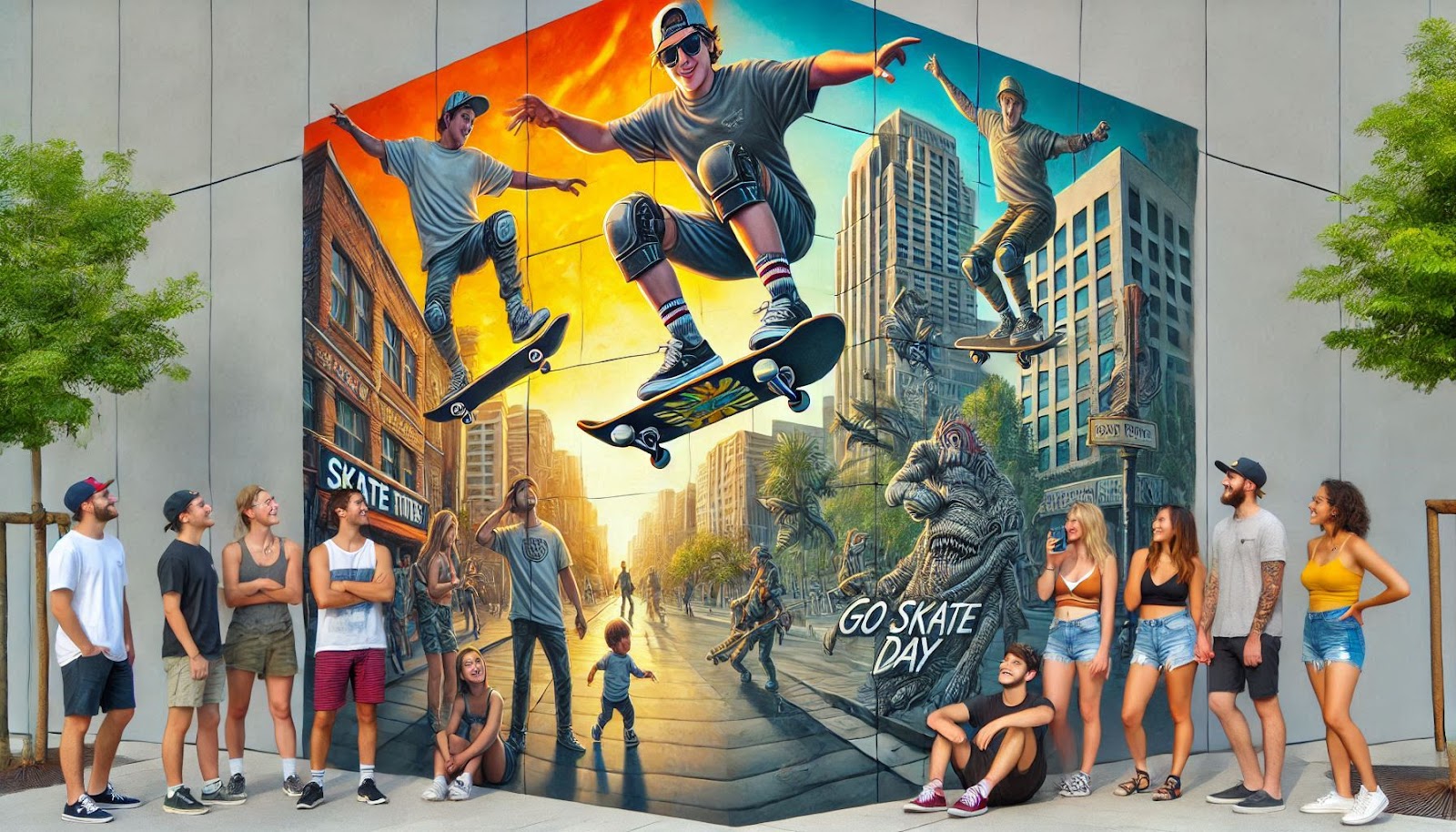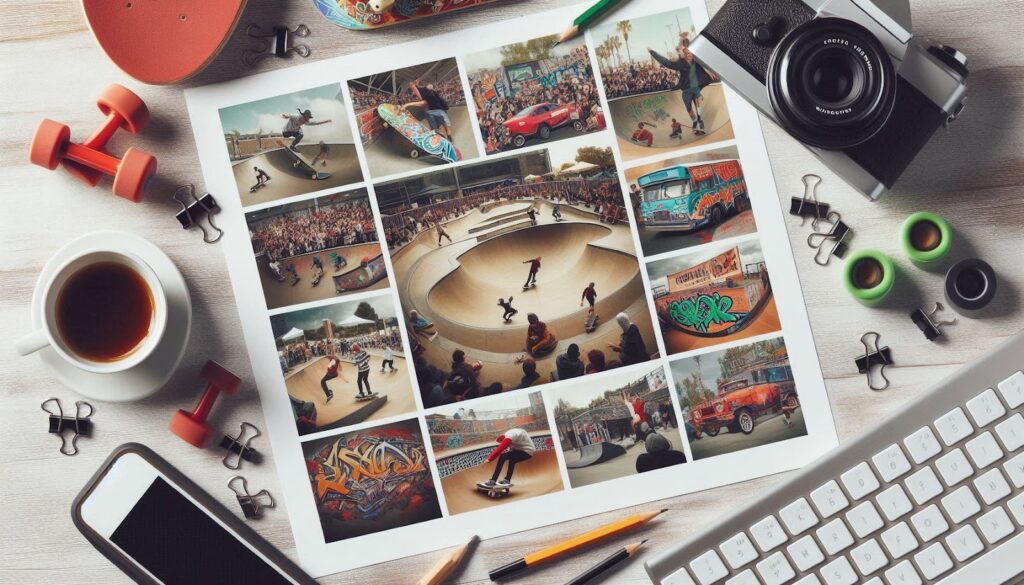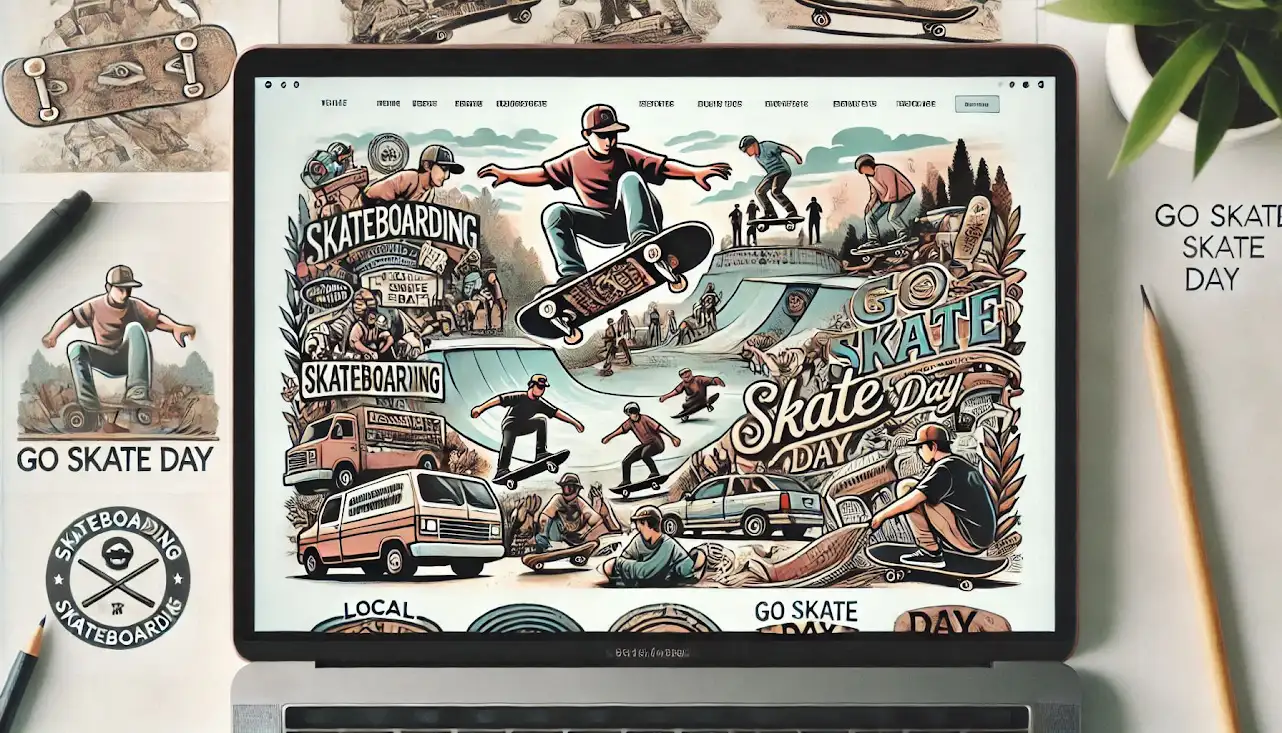In the heart of California’s bustling skateboarding scene, a revolutionary 3D video company is reshaping how we experience and document street culture. Through innovative technology and a deep understanding of skateboarding’s essence, this pioneering enterprise has managed to capture the raw energy, technical precision, and cultural significance of skateboarding in ways previously thought impossible. By combining state-of-the-art 3D cameras with expert knowledge of skate culture, they’ve created a new standard for action sports documentation that resonates with both hardcore enthusiasts and casual viewers alike.
The landscape of skateboarding documentation has evolved dramatically since the grainy VHS tapes of the 1980s. Today’s digital revolution has opened up new possibilities for capturing the sport’s intensity and artistry. Traditional 2D filming techniques, while effective, often fall short of conveying the true depth and complexity of skateboarding tricks. The introduction of advanced 3D technology has changed this paradigm, offering viewers an immersive experience that better reflects the multi-dimensional nature of the sport.
Modern 3D video technology allows viewers to experience skateboarding from angles and perspectives previously unimaginable. Sophisticated camera rigs, equipped with multiple sensors and depth-mapping capabilities, can track a skater’s movements with unprecedented precision. This technical innovation has not only enhanced the viewing experience but has also provided valuable tools for analyzing and improving skating techniques.
The integration of 3D technology into skateboarding documentation represents more than just a technical advancement – it’s a cultural shift in how we preserve and share the art of skating. This evolution in documentation techniques has created new opportunities for storytelling, allowing filmmakers to capture not just the physical movements, but the emotional and cultural aspects of skateboarding as well.
Beyond the Flat Screen: Revolutionary Perspectives in Action Sports
The implementation of advanced 3D capturing systems has revolutionized how skateboarding moments are preserved and shared. Using an array of synchronized cameras positioned at strategic angles, filmmakers can now capture every nuance of a skater’s movement, from the subtle weight shifts during setup to the precise board control during execution. This level of detail was previously impossible to achieve with traditional filming methods.
The technical specifications of modern 3D capture systems are impressive, featuring high-speed cameras capable of recording at 240 frames per second or higher. These systems utilize advanced depth sensors that can track movements with sub-millimeter accuracy, ensuring that every aspect of a trick is captured in perfect detail. The resulting footage can be viewed from any angle, allowing viewers to study and appreciate the technical complexity of skateboarding in unprecedented ways.
Post-production capabilities have also evolved significantly, with sophisticated software allowing editors to manipulate 3D footage in ways that enhance the viewing experience without compromising authenticity. This includes the ability to add dynamic camera movements after the fact, adjust viewing angles, and even create virtual replays from perspectives that weren’t physically filmed.
The impact of these technological advancements extends beyond just visual appeal. Coaches and professional skaters are now using 3D footage for training purposes, analyzing techniques and identifying areas for improvement with a level of precision that was previously impossible. This has led to faster progression in trick development and a better understanding of skateboarding biomechanics.

Breaking Down Barriers: The Technical Symphony Behind 3D Skateboarding Footage
The infrastructure required to capture professional-grade 3D skateboarding footage is both complex and fascinating. A typical setup involves a minimum of eight synchronized high-speed cameras, each carefully calibrated to work in harmony. These cameras, valued at approximately $15,000 each, are equipped with specialized wide-angle lenses that capture every possible angle of the action. The total investment in equipment often exceeds $250,000 for a professional-grade system.
The data processing requirements for 3D skateboarding footage are equally impressive. Each minute of raw footage generates approximately 1.8 terabytes of data, requiring powerful workstations with dedicated graphics processing units (GPUs) to handle the intensive rendering processes. The rendering farm used by leading 3D video companies typically consists of multiple workstations working in parallel, each equipped with dual NVIDIA RTX 4090 graphics cards and 128GB of RAM.
Real-time preview capabilities have become a game-changer in the industry. Using advanced software algorithms and dedicated hardware accelerators, camera operators can now see a live 3D preview of their footage on set. This immediate feedback allows for quick adjustments to camera positioning and timing, ensuring optimal capture of each trick attempt. The latency between capture and preview has been reduced to just 50 milliseconds, providing an almost instantaneous view of the action.
The evolution of portable 3D capture systems has democratized access to this technology. What once required a truck full of equipment can now be accomplished with a compact system that fits in a large backpack. These portable systems, while not as high-resolution as their full-sized counterparts, can still capture 4K stereoscopic footage at 120 frames per second, making them ideal for documentary-style shooting and guerrilla filmmaking.
Street Culture Through a Volumetric Lens: Authenticity in Digital Space
The challenge of maintaining authenticity while pushing technological boundaries has been a central concern for 3D video companies in the skateboarding space. The raw, unfiltered nature of street skating must be preserved even as it’s captured through sophisticated camera systems. This delicate balance requires a deep understanding of both the technical and cultural aspects of skateboarding.
Directors and cinematographers who specialize in 3D skateboarding content often come from skateboarding backgrounds themselves. This insider perspective helps them anticipate movements, understand the flow of different spots, and capture footage that resonates with the core skateboarding community. The average director in this field has over 15 years of skateboarding experience combined with extensive technical training in 3D cinematography.
The process of location scouting has evolved with the introduction of 3D technology. Spots must now be evaluated not just for their skateable features, but also for their suitability for 3D capture. Factors such as ambient lighting, background complexity, and space for camera positioning all play crucial roles in the selection process. Location scouts use specialized software to create virtual previews of how spots will appear in 3D, allowing them to plan shots before any equipment is deployed.
The integration of environmental context has become a crucial element in 3D skateboarding documentation. Modern capture systems can scan and digitize entire locations, creating detailed 3D models that provide viewers with a complete understanding of the spot’s layout and challenges. This contextual information adds depth to the viewing experience and helps preserve important locations in skateboarding history.
Digital Preservation: Archiving Skateboarding’s Evolution in Three Dimensions
The archival value of 3D skateboarding footage extends far beyond entertainment. These high-fidelity captures serve as detailed historical documents, preserving not just the tricks themselves, but the entire context of skateboarding during specific eras. The resolution and detail captured by modern 3D systems allow future generations to study and understand the evolution of skateboarding in unprecedented detail.
The storage infrastructure required for maintaining these archives is substantial. Major 3D video companies maintain data centers with capacities measured in petabytes, using redundant storage systems to ensure the preservation of footage. The annual cost of maintaining these archives can exceed $500,000, but the investment is considered essential for preserving skateboarding’s cultural heritage.
The metadata associated with 3D captures adds another layer of historical significance. Each clip is tagged with detailed information about the location, trick specifications, equipment used, and environmental conditions. This comprehensive documentation creates a searchable database of skateboarding history, allowing researchers and historians to track the evolution of tricks, styles, and spot utilization over time.
Advanced artificial intelligence systems are being developed to analyze archived 3D footage, identifying patterns in technique evolution and tracking the progression of skateboarding across different eras. These systems can process thousands of hours of footage to generate insights about how specific tricks have evolved and how different regional styles have influenced global skateboarding culture.
The Future Canvas: Innovation and Cultural Preservation Converge
The next frontier in 3D skateboarding documentation involves the integration of augmented reality (AR) and virtual reality (VR) technologies. Experimental systems are already being tested that allow viewers to experience legendary skateboarding moments from a first-person perspective, complete with spatial audio and haptic feedback. These innovations promise to create even more immersive ways to experience and study skateboarding.
Research and development in the field continues at a rapid pace, with companies investing heavily in new capture technologies. Current prototypes are exploring the use of light field cameras that can capture the entire volume of a scene, allowing for truly free viewpoint playback. These systems, while still in development, promise to revolutionize how skateboarding is documented and experienced.
The democratization of 3D capture technology is accelerating, with more affordable solutions becoming available to independent filmmakers and local skate shops. This accessibility is leading to a broader documentation of skateboarding culture, capturing not just the professional scene but also the grassroots level where innovation often begins. The average cost of entry-level 3D capture systems has decreased by 60% over the past three years.
The convergence of traditional skateboarding documentation with cutting-edge technology continues to create new possibilities for preserving and sharing skateboarding culture. As these technologies evolve, they promise to provide even more compelling ways to capture and convey the essence of skateboarding to future generations. The commitment to authenticity remains paramount, ensuring that technological advancement serves to enhance rather than overshadow the core spirit of skateboarding.





